Movie Review – A Quiet Place
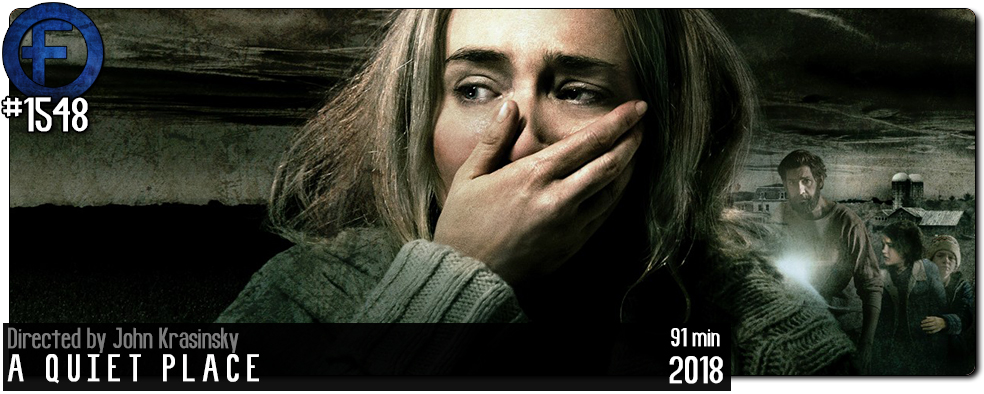
Principal Cast : John Krasinsky, Emily Blunt, Millicent Simmonds, Noah Jupe, Cade Woodward, Evangelina & Ezekiel Cavoli, Leon Russom.
Synopsis: In a post-apocalyptic world, a family is forced to live in silence while hiding from monsters with ultra-sensitive hearing.
*****
Living quietly is the order of the day in John Krasinsky’s feature debut, A Quiet Place, set in a post-apocalyptic America in which the Earth is overrun by creatures who prey on things that create noise. For humanity this spells disaster, given our propensity for having the noisiest possible environment in which to exist. It’s the kind of premise predicated on a single, simple idea highlighting the removal of one of mankind’s five senses – in this instance, sound – and plays upon genre tropes in a manner that feels somehow unique, elevating archetypes to a height few similar films achieve. The film features a character who is deaf, which plays into the central premise of using sign language as a form of communication when speaking isn’t possible, and this inherent tension in sudden cracks of volume bring with it considerable weight.
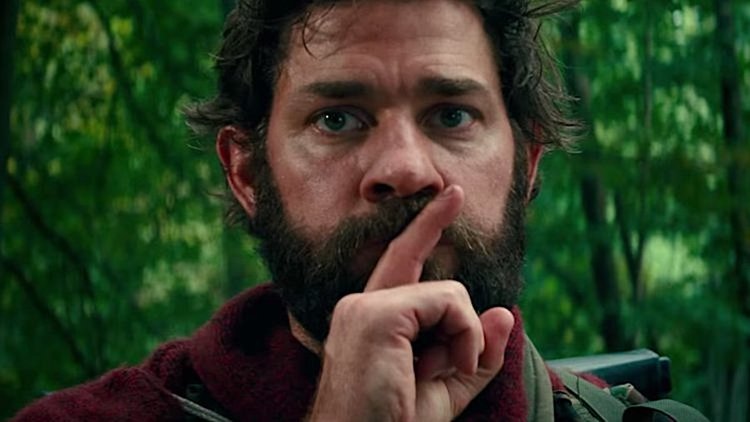
The near future, and Earth has been overrun by malevolent, vicious creatures who hunt using sound. A family, father Lee Abbott (Krasinsky) and wife Evelyn (Krasinsky’s real-life wife, actress Emily Blunt), together with their deaf daughter Regan (Millicent Simmonds) and oldest surviving son Marcus (Noah Jupe) live on their farm in perpetual fear of attack, unable to make a sound lest all be killed. Evelyn, heavily pregnant into their second year since the creatures arrived, is fearful of the impending birth and the cacophony that would create.
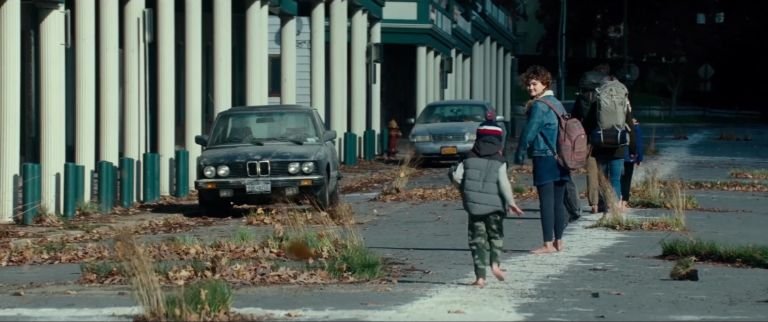
In a similar fashion to 2017’s horror success Get Out, Krasinsky’s A Quiet Place also came out early in the year and struck a chord with audiences globally, becoming an enormous box-office titan for distribution studio Paramount. Audiences and critics alike praised the film, justifiably given the strength if its writing and performances. It’s also still an incredibly affecting movie, honing in on family dynamics pressurised by an external threat.
As Lee, Krasinsky essays the father figure role with determination and a sense of weary resignation, unwilling to give up on his family despite seemingly impossible odds. Blunt’s Evelyn, still mourning over the death of their youngest son, Beau (Cale Woodard), and knowing her pregnancy could kill both her and the baby during the act of birth, brings unparalleled strength to a role I felt underwritten early on but becoming the linchpin of the film by the close. The torture of watching her in pain while trying to avoid the variety of creatures lurking within the family house is as intense a spectacle as any I’ve seen in a while, eliciting fingernail-shredding terror in moments of abject agony. The film includes a bathtub sequence to rival that in What Lies Beneath, as Evelyn, having punctured her foot with a nail as well as having contractions, endures a protracted wait for Lee and their son to rescue her by diversion. Also on the cast roster is deaf actress Millicent Simmonds, who imbues her character – oldest daughter Regan – with firey determination and lingering resentment. Simmonds doesn’t have to say a word to get her point across; the film’s extensive use of sign language grounds her realism and magnifies the level of communication in a manner congruent with their scenario.
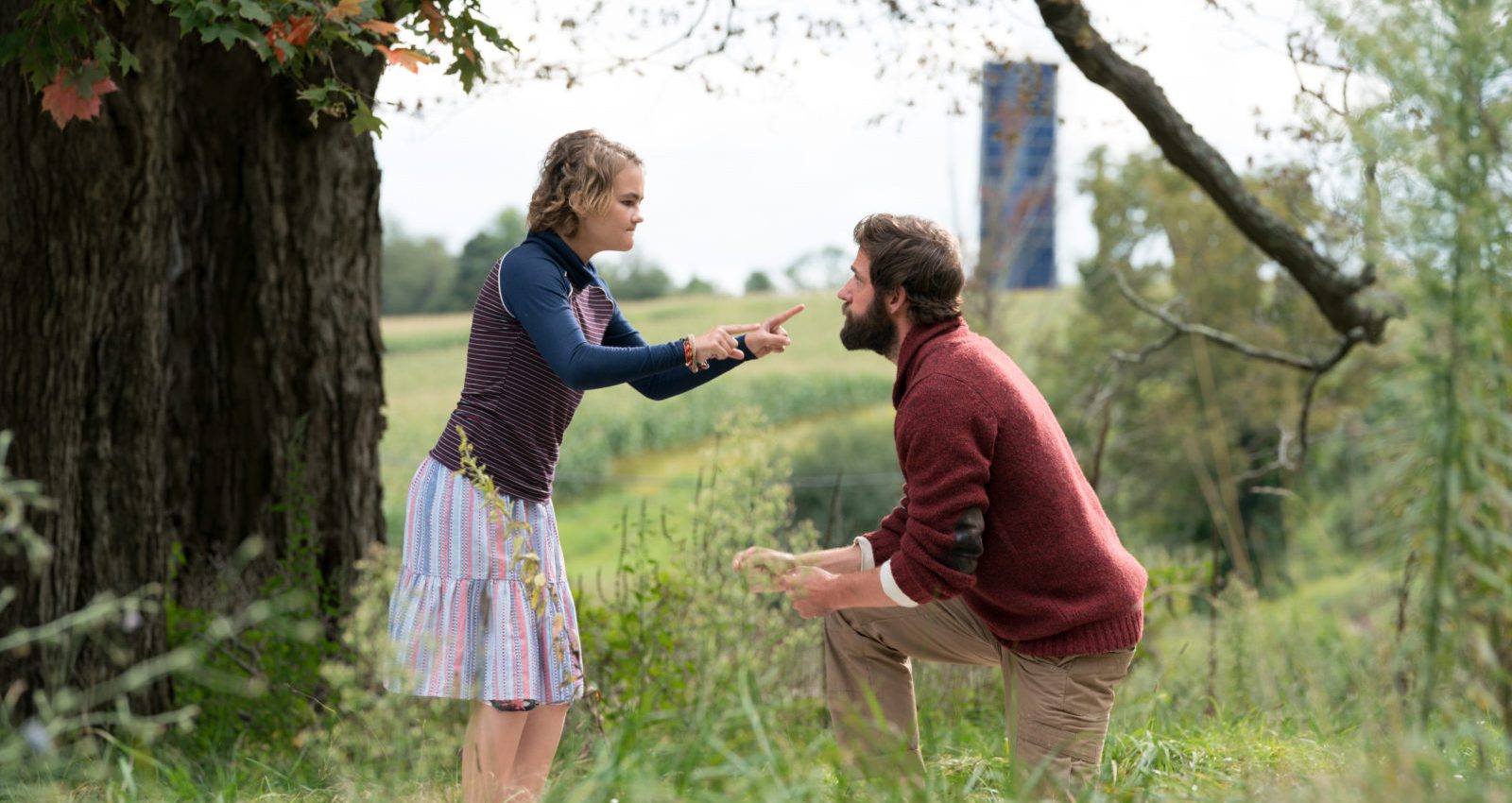
While A Quiet Place is incredibly well filmed, it’s also the kind of “if anything can go wrong, it will” film bordering on frustrating-but-exciting; characters don’t make stupid decisions but there are moments of contrivance that undercut some of the tension. Close calls are also par for the course here, with a creature attack imminent but diverted at the last moment by something else. The telegraphing of a possible saviour for the family is also frustratingly overplayed, but these elements are minor compared to the achievement Krasinsky has wrought. His direction is first rate, developing both the scenario and the characters within it with ease and an elegance many first-time helmers can’t quite master. His editing and use of framing is excellent, crafting his skin-prickling thrills and outright terror with timing and layered nuance, even if the film’s final act is a slam-dunk of action and payoff.
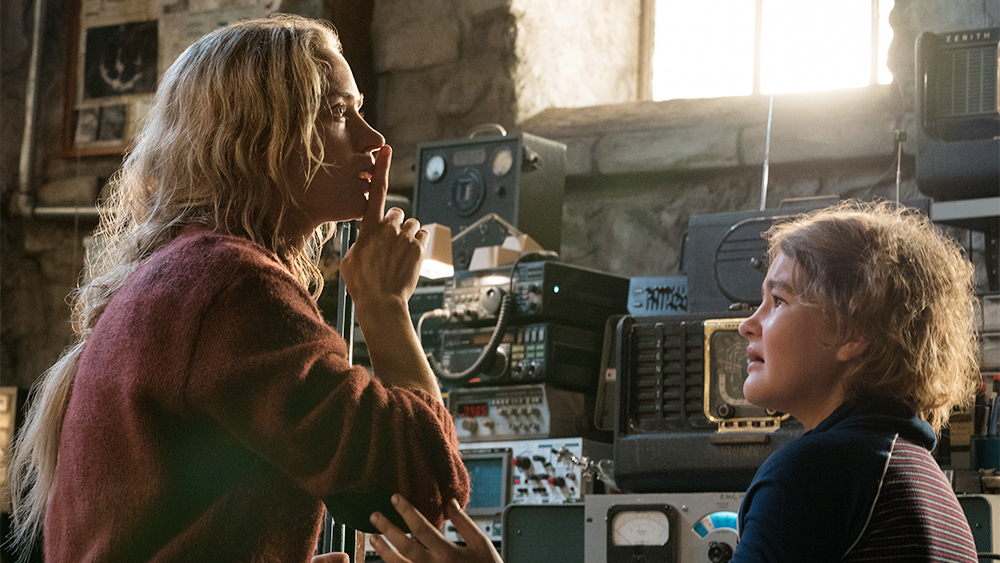
As the title might indicate, sound plays a crucial part in A Quiet Place’s tableau of terror. The sound mix on the film is startling for what it accomplishes in almost near silence, prolonged gaps of noise interspersed with brief moments of raucousness that rip the viewer to shreds. The monsters of the film are rendered in CG for the most part, and while mainly hidden off-frame or in shadows, the moments the creatures are brought into the light things become hide-your-eyes terrifying. The film’s tone feels reminiscent of Shyamalan’s Signs, only a lot quieter, and the intimacy of the family scenario is echoed with a similar tormented fracturing. The score by Marco Beltrami is evocative without overpowering the subtleties of the audio mix, complementing the discordant silence with emotionally resonant themes.
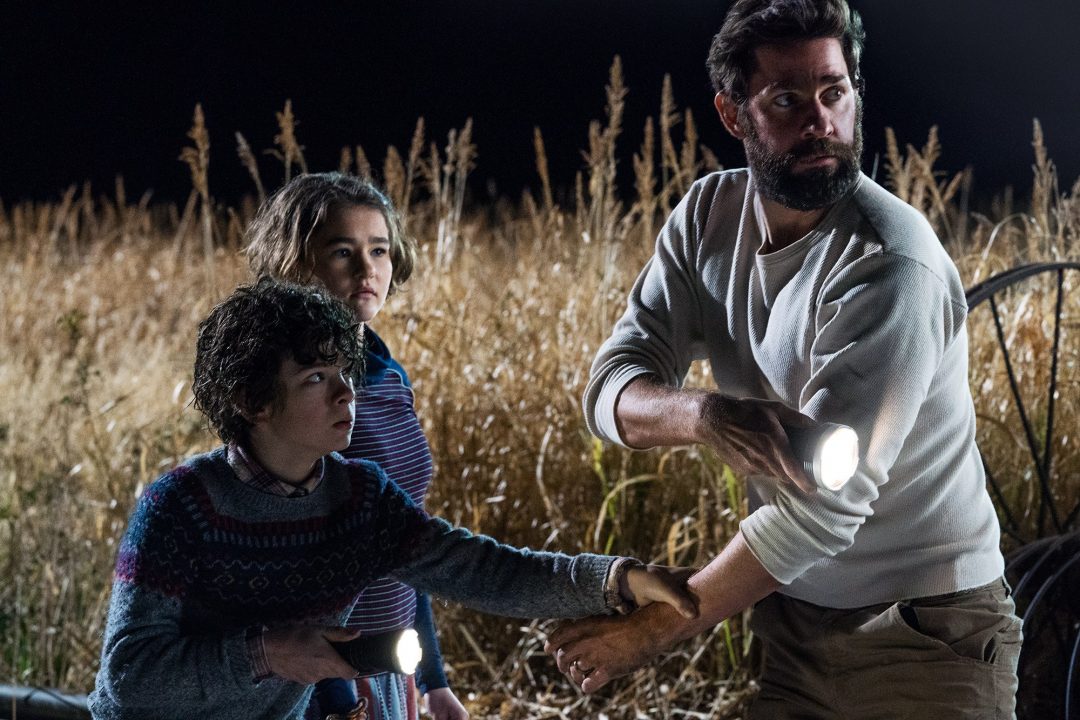
Immensely satisfying, creatively ingenuous and a perfect nighttime horror masterpiece, A Quiet Place is an instant classic from a man best known for his comedy works (hey, a little like Get Out’s Jordan Peele, I guess…) and is deservedly receiving praise from all corners. The monsters are cool as hell, the human characters feel lived-in and believable, and the isolated setting evokes a real survivalist tone that distils the material down to its basic elements. A Quiet Place will feature on many Top 10 lists this year, rightfully so, and even if you’re not a fan of horror or sci-fi you really should settle in with the volume up on this one.

